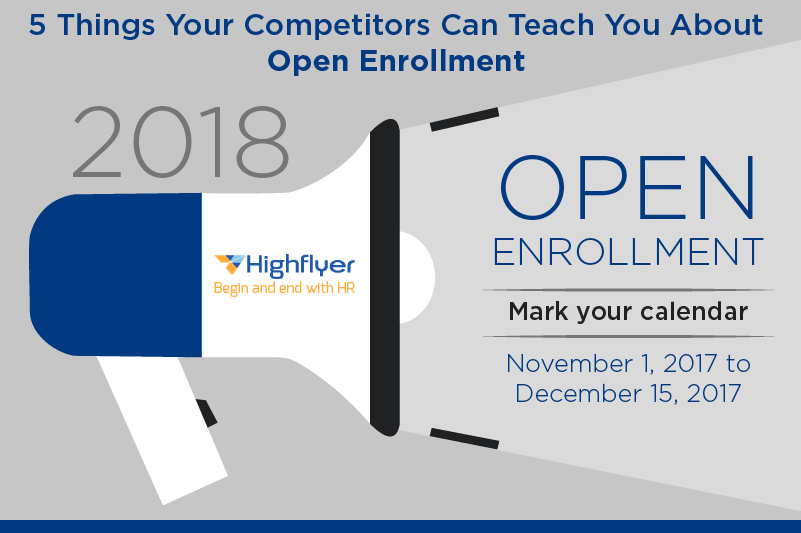Navigating EEOC Charges: A Comprehensive Guide for Employers
Facing an EEOC charge of discrimination can be daunting for any employer. However, with careful preparation and strategic response, you can effectively address the allegations and protect your company’s interests.
At Highflyer HR and Payroll, we understand the importance of responding to EEOC charges with diligence and professionalism. In this blog post, we’ll provide you with a step-by-step guide on how to respond to an EEOC charge of discrimination, ensuring that you’re equipped to handle this challenging situation.
1. Tell the Whole Story:
When responding to an EEOC charge, it’s crucial to provide a comprehensive account of the circumstances surrounding the employment relationship and the reasons for any adverse employment actions. Resist the temptation to offer minimal details and instead, give the agency all the facts to demonstrate legitimate business reasons for your actions. Demonstrate that there were legitimate business reasons for your actions.
2. Use Documentation:
Support your version of events with documentation dating from the time of the adverse employment action. Documents such as attendance records, reports, and email messages can help disprove the allegations and validate the company’s concerns.
3. Verify Response’s Accuracy:
Ensure that everyone involved reviews the response and verifies the accuracy of every statement. Inaccuracy could be exploited by legal adversaries, so it’s crucial to maintain credibility by ensuring the response is truthful and accurate.
4. Highlight Consistent Past Decisions:
Demonstrate that the decision was not motivated by unlawful discrimination by highlighting consistent past decisions involving similarly situated employees who are not members of the charging party’s protected class.
5. Remember, the Agency Doesn’t Know Your Business:
Provide details about your business that will help the agency understand your actions. Explain why the charging party’s performance concerned you, emphasizing factors that may not be readily apparent to an outsider.
6. Be Prompt and Cooperative:
Don’t delay in preparing your response. Anti-discrimination agencies may not grant extensions, and failure to respond promptly can result in adverse determinations.
7. Work with Legal Counsel:
Protect your company’s interests by working with legal counsel to investigate and prepare the response. Having an attorney review the draft before submission can provide valuable insights and ensure compliance with legal requirements.
8. Contact Your Insurer:
Notify your insurer promptly, as many employment-practices liability policies define claims to include discrimination charges. Failing to apprise the insurer could lead to denial of coverage for the charge and subsequent legal claims.
9. Preserve All Documents:
Collect and preserve all documents relevant to the charge, including electronic records like emails and Internet usage records. Failure to adequately preserve evidence could result in harsh sanctions from the courts.
Always Maintain Confidentiality. Handle information about the charge on a need-to-know basis, especially if the charging party is still employed. Encourage cooperation with investigators while ensuring confidentiality is maintained.
Responding to an EEOC charge of discrimination requires thorough preparation, attention to detail, and strategic planning. By following the steps outlined in this guide, you can increase the likelihood of a favorable determination and prevent further legal actions. At Highflyer HR and Payroll, we’re committed to helping our clients navigate the complexities of EEOC charges and safeguard their businesses. Contact us today for expert guidance and support in addressing EEOC charges and other HR challenges.






